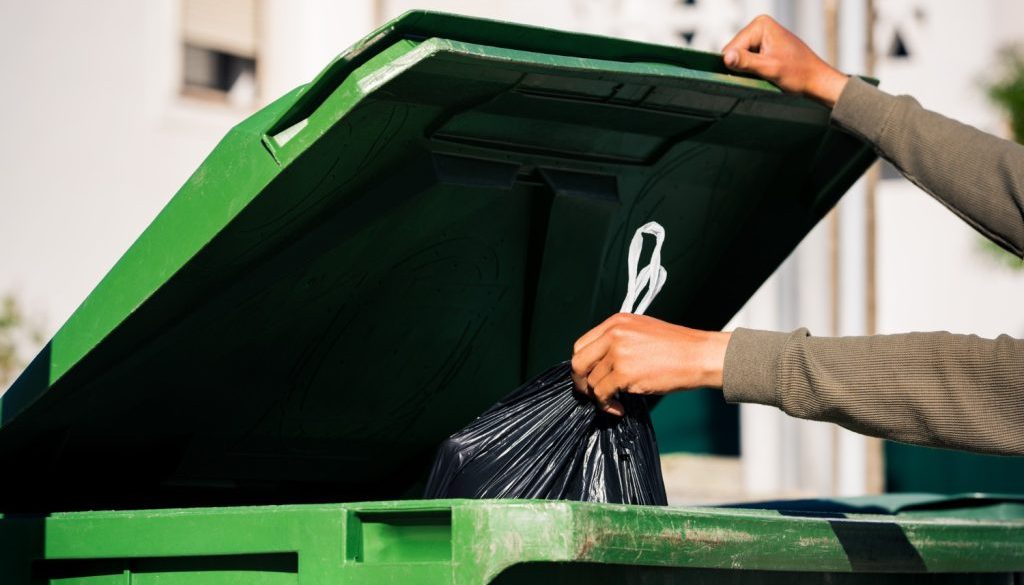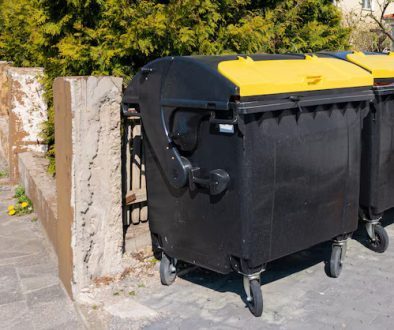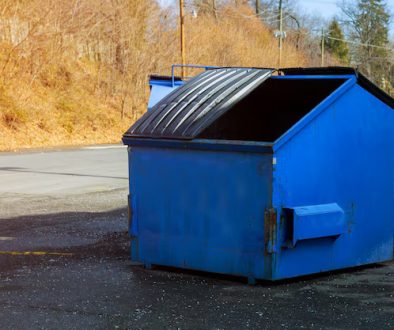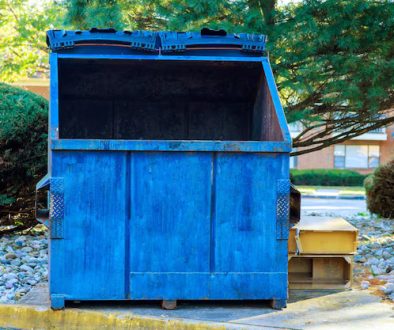Deciding which skip to hire can make a big difference in managing waste effectively. Whether you’re clearing out the garden, remodelling your home, or undergoing a large construction project, choosing correctly helps streamline disposal and keeps costs down. Understanding the type of waste you’re dealing with is key to making an informed decision.
Different projects produce different kinds of waste. From household rubbish to hazardous materials, knowing what you’re discarding influences the kind of skip required. Choosing the right size is also crucial to avoid unnecessary expenses or waste overflow.
Besides practical considerations, eco-friendly disposal is an increasing priority. By selecting an appropriate skip and working with providers who prioritise recycling, you help reduce environmental impact. This article will guide you through the essential aspects of making the right skip choice for effective and responsible waste management.
Understanding Different Types of Waste
Proper waste management starts with understanding the different types of waste we encounter daily. Recognising these categories helps in making informed decisions about disposal and recycling, ultimately contributing to a cleaner environment.
1. General Waste: This includes everyday items like food wrappers, non-recyclable plastics, and broken household items. Proper disposal is important as they can’t be recycled.
2. Recyclable Waste: Items such as paper, cardboard, glass bottles, and specific types of plastics fall into this category. Recycling these materials helps conserve natural resources and reduces landfill use.
3. Green Waste: Also known as organic waste, this includes garden waste like grass clippings, branches, and leaves. Composting or using designated collection systems can effectively dispose of green waste.
4. Construction Waste: This involves materials from building projects like bricks, concrete, and wood. Many of these materials can be recycled, reducing the impact on landfill.
5. Hazardous Waste: These are dangerous materials like paint, batteries, and chemicals that require special handling. Improper disposal of hazardous waste can pose risks to the environment and health.
By identifying these waste types, proper disposal methods can be employed. Separating waste at the source ensures recycling is maximised and harmful effects are minimised.
Factors to Consider When Choosing a Skip
Selecting the right skip for your waste disposal needs is crucial. Each project has unique requirements, and understanding what affects your choice will help you make the best decision for efficient waste management.
– Waste Type: Different skips cater to different types of waste. It’s crucial to understand what you’ll be disposing of to ensure correct skip selection. For instance, some skips are tailored for heavy materials like rubble, while others are meant for lighter garden waste.
– Skip Size: Consider the amount of waste your project will generate. A skip that is too small could lead to multiple hires, increasing costs, while one that’s too large might be unnecessary. Estimating waste volume can guide appropriate skip size selection.
– Location: Assess where the skip will be placed. Ensure the chosen area provides easy access for loading waste while being safe and compliant with local regulations.
– Duration of Use: Estimate how long you will need the skip. Longer projects may require extended hire periods, affecting cost and availability.
– Budget: Balancing budget and requirements is key. Different skips are priced differently based on size and duration. Understanding costs can help you select a skip that meets both project needs and financial limits.
Carefully considering these factors helps in choosing the right skip, ensuring efficient and cost-effective waste management tailored to your specific project’s needs.
Comparing Skip Sizes for Various Needs
Choosing the right skip size is essential for effective waste management. Skips come in various sizes, each suitable for different amounts of waste and types of projects. Selecting the appropriate skip size ensures your project runs smoothly without unnecessary delays or costs.
1. Mini Skips: Ideal for small amounts of waste, mini skips hold roughly 2-3 cubic yards. They’re perfect for minor home projects like bathroom refits or small garden clean-ups. These skips are easy to place even in tight spaces.
2. Midi Skips: With a capacity of about 4-5 cubic yards, midi skips are suitable for medium-sized projects. These are often used for kitchen renovations or garage clear-outs, providing ample space for larger loads while still being compact.
3. Builder’s Skips: These skips are a popular choice for construction work, holding 6-8 cubic yards. Suitable for bulkier waste like bricks and rubble, they are commonly used for major refurbishments and general construction waste.
4. Maxi Skips: Ranging from 10 to 16 cubic yards, maxi skips are designed for larger commercial projects or significant home clearances. Ideal for handling bulky items and larger volumes of waste, they require ample space for placement.
5. Roll-on Roll-off Skips: These huge skips, up to 40 cubic yards, cater to large industrial projects that generate massive amounts of waste. They are not suitable for small sites due to their size but are perfect for large-scale operations.
Selecting the appropriate skip size helps to manage waste efficiently, reducing the need for multiple hires. It ensures you have sufficient space for all your waste materials, aligning with both your project’s scope and site limitations.
Eco-Friendly Skip Usage and Waste Disposal
Using skips in an eco-friendly way is a responsible step towards sustainable waste management. By following simple practices, you can minimise environmental impact and ensure waste is disposed of properly.
Begin by sorting your waste before loading it into the skip. Separate recyclables like glass, paper, and plastic from general waste. This step aids recycling efforts and reduces the volume of waste sent to landfills.
Avoid placing hazardous waste in skips. Items such as batteries, paints, and chemicals require special disposal due to their potential harmful effects. Consult local guidelines on how to safely dispose of such materials to prevent environmental contamination.
Try to fill the skip efficiently, maximising its capacity. Break down large items so that they occupy less space, ensuring you make the most out of the available room. This reduces the need for additional skips and further waste.
Consider hiring a skip company that prioritises eco-friendly disposal methods. Many companies now recycle a significant portion of waste they collect, diverting it from landfills. This effort helps support broader sustainability goals.
By following these eco-friendly practices, you contribute to responsible waste management that protects the environment. These methods not only fulfil regulatory requirements but also promote a cleaner, greener community.
Conclusion
Understanding different types of waste, selecting the right skip size, and practising eco-friendly disposal methods are key components of efficient waste management. These practices empower individuals and businesses to handle waste responsibly, reducing environmental impact and supporting sustainability efforts.
Selecting the appropriate skip size ensures projects are managed cost-effectively, with sufficient capacity to handle waste efficiently. Eco-friendly disposal benefits the planet by increasing recycling rates and reducing landfill pressure.
At Enviro Skip Hire, we understand the importance of sustainable waste management and offer tailored solutions to meet your comprehensive waste disposal needs. Whether you’re tackling a small home renovation or a major construction project, we provide the expertise and resources to support your eco-friendly initiatives. Hire a skip in Winsford today and let’s make a difference in managing waste responsibly and building a more sustainable future.




